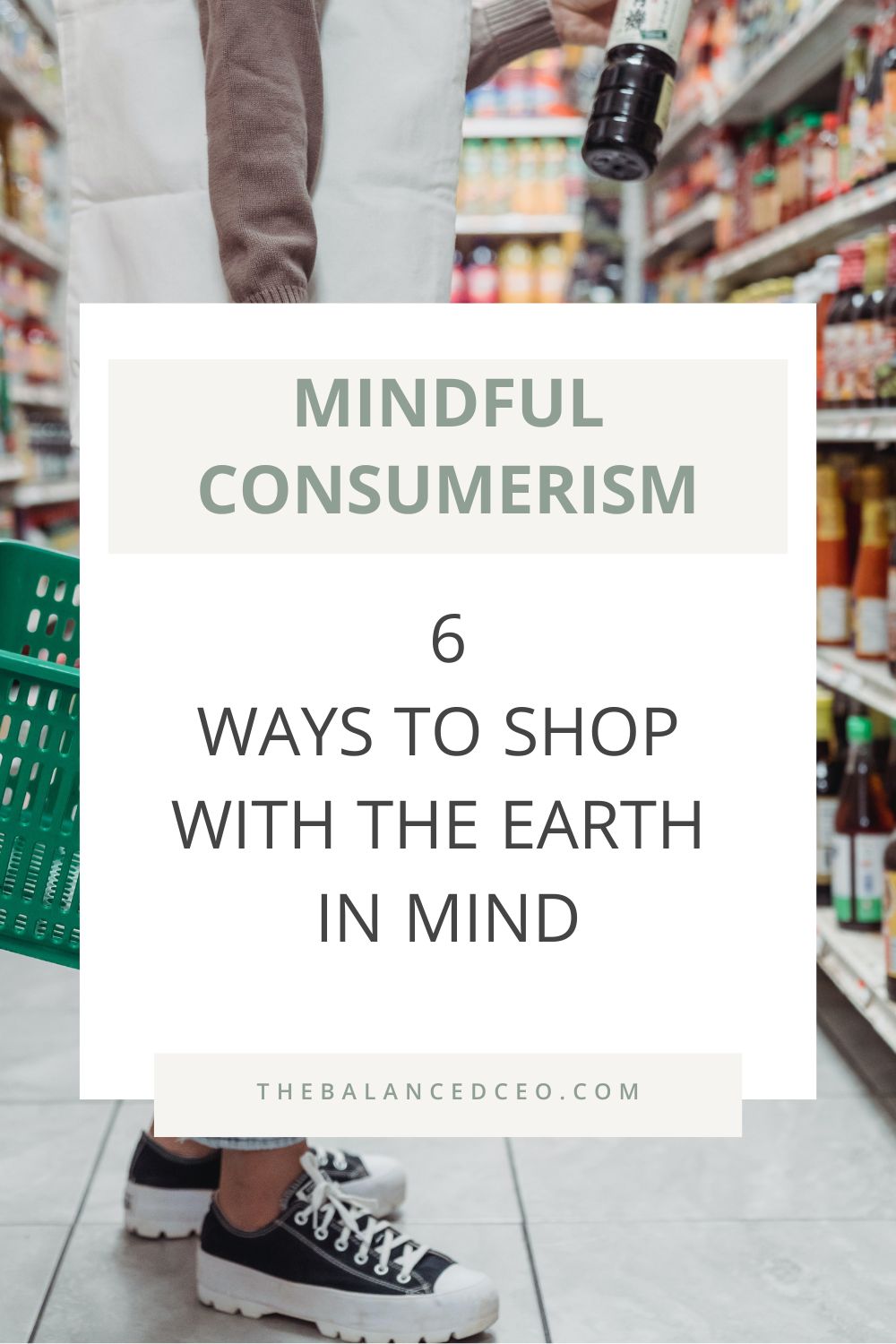This post may contain affiliate links, which means I’ll receive a commission if you purchase through my links, at no extra cost to you. Please read full disclosure for more information.

Giving back to the planet is one of the most meaningful ways to feel empowered. While individual responsibility is not the sole answer to environmental healing, everyone must participate in mindful consumerism to reduce waste and hold companies accountable. Learn more about reducing your carbon footprint and setting better precedents for a greener future.
1. Research Parent Companies
Everyone knows megacorporations like Amazon, Temu, and WalMart are rife with labor and sustainability concerns. Think of how much waste they produce and how many unsustainable practices they must keep to operate on such a large scale. Researching before buying from anywhere is critical, but knowing what companies own is even more important.
For example, the popular skincare brand The Ordinary is cruelty-free and does not test products on animals. While that may be true, Estée Lauder Companies Inc. owns The Ordinary and doesn’t practice cruelty-free operations. Therefore, supporting The Ordinary continues to fund animal testing.
Feel free to reach out to brands. Ask questions to customer service representatives if their parent companies and affiliations are unclear on their websites. Encourage transparency so other shoppers have an easier time finding information.
2. Know Your Third Parties
Third-party certifications are one of the most reliable ways to be a mindful consumer. The reason behind this is third parties are specialized experts with a reputation to uphold. Why would any brand seek the approval of an environmentally minded group of experts with strict standards if they couldn’t prove their commitment to the planet?
Brands that earn stamps of approval typically advertise them on their website. Here are some claims to look out for and what they mean:
- 1% for the Planet: Brands that have promised to donate at least 1% of their annual revenue to environmental causes.
- Certified B-Corp: One of the most highly-regarded certifications that measures workers, community, customers, environment, and governance.
- Forest Stewardship Council: Reviews ethical lumber sourcing and use practices.
- LEED: Audits buildings for energy, water, and carbon efficiency.
- Green Business Bureau: A process that requires companies to self-audit and earn points toward green initiatives related to their industry.
3. Buy Secondhand
Sometimes, buying from sustainable brands feels daunting because of all the research involved. Instead, you can make a rule for yourself to only shop secondhand. Outlets like eBay and Mercari sell diverse products, or you can look to specific retailers like Pango for used books and Depop for preloved clothing.
Most of a product’s environmental impact happens before you click “purchase.” Around 90% of a product’s emissions happen in the supply chain. Avoid encouraging brands to overproduce wasteful consumer products by advocating and buying goods already in the consumer stream.
4. Don’t Fall for Greenwashing
Greenwashing is when companies manipulate buyers who want to be greener. They advertise a campaign or promise they made to the planet but are not releasing the whole story.
For example, a supplement maker discloses it’s planting trees to offset carbon emissions, which feels like a positive step. However, it overfarms and exploits farmers in underprivileged areas to make its products. Greenwashing is sometimes hard to catch, but internet sleuths are quick to expose any potential liars. Hold companies accountable for greenwashing by spreading the word.
5. Question if You Need it At All
Earth-friendly buying habits refer to a grounding question — do you need to buy the item? Overconsumption and hyperconsumerism are the most obvious root causes of planetary degradation. Omitting shopping from your life is pretty impossible, but you have the agency to reduce it drastically.
Each time you consider spending money, run through a few guiding questions to help you rationalize:
- Can I purchase this item secondhand instead of new?
- Am I buying this for aesthetics over function or because it is a trend?
- Would I still want this item in a week, a year or 10 years?
- How frequently would I use this item?
- On a scale of one to 10, how much do I require this item for happiness?
- If I don’t want the product anymore, can I ethically rehome it or dispose of it?
- Is there something more valuable I can put this money toward, such as groceries or a gift?
Create a list of products that catch your fancy in-store and online. Sit on those decisions for at least a week or month before forking over the money. Buying something brings instant gratification to anyone — resist that urge. Would you even care about that purchase after you’ve removed yourself from the stimulating situation?
6. Boycott Toxic Brands
Vote with your dollar. Not buying things is as impactful as financially supporting ethical brands. Companies that see a dip in sales because of environmental awareness are more likely to change their tune.
Boycotting brands that have unethical labor practices, rely on or invest in fossil fuels, produce excess waste or advocate for environmentally harmful policies will hear from their buyers in the form of complaints — or worse, by not hearing from them at all.
Conscious Consumerism Starts With You
Being kinder to the planet individually requires us to look at our shopping habits. The planet would be better with fewer forgotten purchases in landfills, and you can change these trends today.
Take a moment to think of things you’ve thrown away in the last year and how much money that equates to. How can these realizations motivate you in an optimistic way to be a more mindful consumer?

Ava Roman
Contributor
Ava Roman is a mom, a yogi, and currently a Managing Editor of a women’s lifestyle website. She believes work/life balance is achievable once you learn to set and stick to firm boundaries. You can find more from Ava on her website, Revivalist.





Leave a Reply